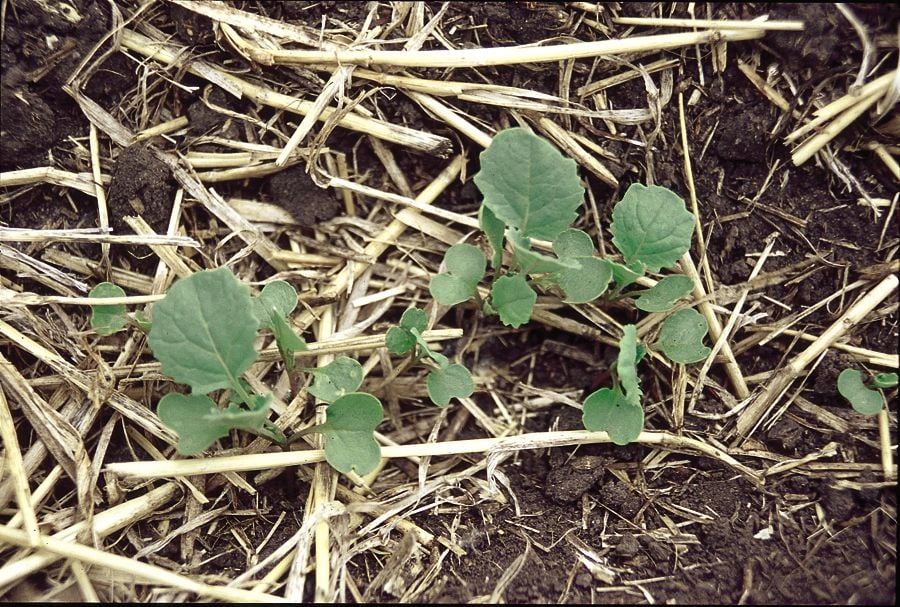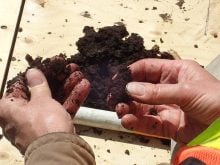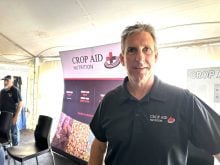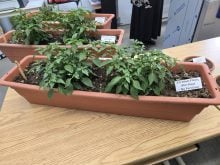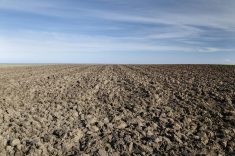If you’re broadcast seeding it’s probably because the soil is too wet to permit conventional planting.
But ironically, you’ll need more rain to germinate that broadcasted crop because of poor seed-to-soil contact.
“Rainfall is important after because if the seed is on the soil surface you’ll need the rain to get it going,” Lionel Kaskiw, Manitoba Agriculture, Food and Rural Development’s farm production adviser at Souris, said during his weekly Crop Talk webinar May 26.
Read Also
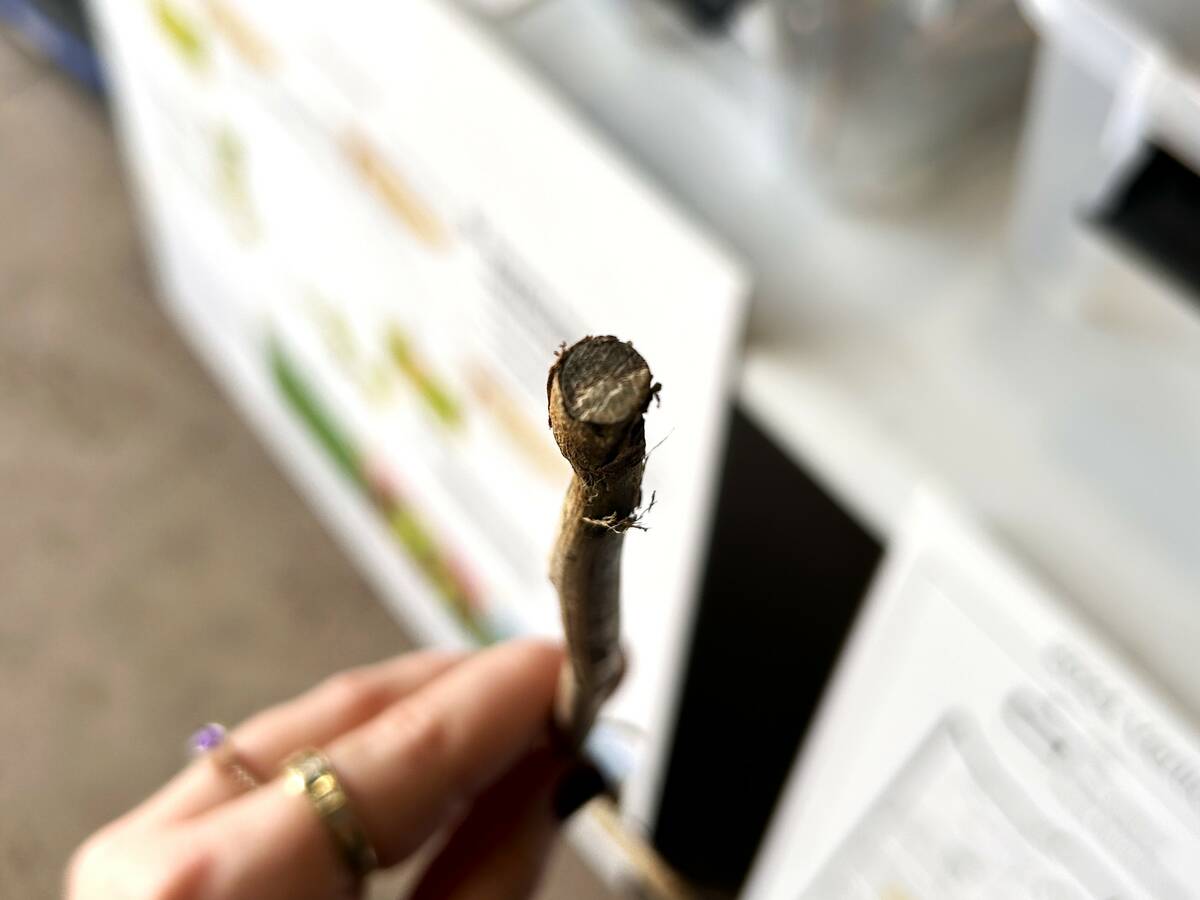
Manitoba canola embattled by verticillium
Verticillium stripe pressure has been growing in Manitoba, and canola farmers still have precious few tools to protect their crop from the disease.
“You’re not going to be getting as uniform a planting as you would with an air seeder.
“In some cases if you don’t get a rain it won’t germinate.”
With cooler- and wetter-than-normal weather continuing to delay seeding in southwest Manitoba, Kaskiw said more farmers are inquiring about broadcast seeding, he said.
Canola is most commonly the crop of choice, which makes sense since some Manitoba farmers have successfully broadcast seeded it in the past, he added.
Crops broadcast seeded by ground equipment or by aircraft can potentially be insured so long as the seed “is incorporated into the soil by mechanical means and the crop establishes to a level that is equal to or greater than the insured producer’s coverage,” the Manitoba Agricultural Services Corporation’s (MASC) website states.
- More from the Manitoba Co-operator: Southwestern Manitoba farmers hard-pressed to finish on time
“The incorporation date will be deemed to be the seeding date, with all aerial-seeded acreage required to be reported on the Seeded Acreage Report by June 22.”
Farmers should call MASC for clarification before broadcast seeding, Kaskiw said.
“The key thing is incorporation after broadcast seeding from the ground or the air,” said David Koroscil, MASC’s manager of insurance projects and sales.
If a broadcast crop fails to get established and the farmers can’t seed it before the June 20 seeding deadline, the farmer is still eligible for coverage under MASC’s Excess Moisture Insurance program, Koroscil said.
Broadcast seeding almost always results in a poorer plant stand, Kaskiw said. Increasing the seeding rate is a way to compensate.
Some seed will germinate on top of the soil resulting in poorly rooted crops, which are more susceptible to lodging, he said. That’s why canola is a more suitable crop for broadcast seeding than sunflowers or even cereals.
- From Crop Chatter: Before you broadcast seed your canola…
Crop residue from the previous crop can also prevent good seed-to-soil contact, Kaskiw said. Burning the residue might be the only option. If the field is dry enough to cultivate to work in the residue, it’s probably dry enough to plant with an air seeder.
Farmers who broadcast seed may also have to apply their fertilizer the same way. They can apply both at the same time in a mix. But fertilizer is high in salt and therefore toxic to seed, so the mixture shouldn’t sit long before being applied.
And there’s a risk not all those nutrients will get to the crop, Kaskiw said. Broadcasted nitrogen can volatilize under warm, windy conditions. Phosphorus moves very little in the soil and could get stranded close to the soil surface.
Farmers might consider splitting their fertilizer application, putting some on when they broadcast the seed, and more later if there’s a good crop coming, Kaskiw said.
Farmers might also want to reduce how much fertilizer they apply as the longer seeding is delayed the lower the potential yield.


